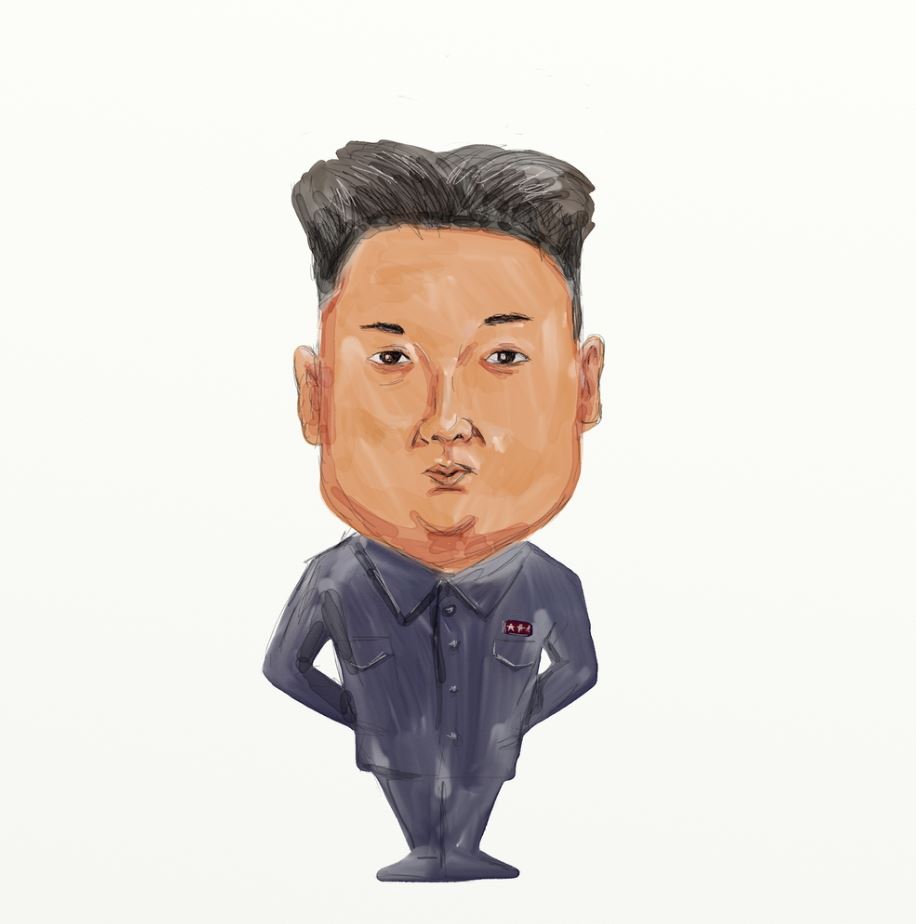Cannabis in North Korea
Published :
Aug 16, 2016
Categories :
Cannabis news

A brief story on cannabis in North Korea covering its history, modern day use and regulations. Apparently, not all is rotten in the state of North Korea.
NORTH KOREA

When it comes to living in North Korea the western world knows almost next to nothing. The country is closed off, with their laws and policies being undisclosed, and even though people have been allowed to visit the country their testimonies can’t be taken as 100% true. All that visit North Korea do so as a part of organized tourist trips, and what they see on those trips is heavily censored to leave the desired effect. Considering that complete manipulation is never possible and the complete lack of any other significant pieces of information, those testimonies is what we are basing our story on.
HISTORY OF CANNABIS IN KOREA
The cannabis plant has long been present in and around the Korean Peninsula, with supporting evidence including trading records between China, Korea and Japan. Archaeological evidence from North Korea in the modern era is sparse, due to the closed of nature of its government and the lack of resources they possess for such research. When comparing findings in China and Japan it is believed hemp was introduced as early as 5 000 BC.
There are several archaeological findings in the Korean Peninsula that indicate cannabis was used as a fabric material alongside silkworms. As harvest was essential to such an early agricultural civilisation it is only common that there have existed deities associated with it. Magu is a Korean cannabis goddess taken from the Chinese Ma, meaning cannabis and gu meaning girl. The cannabis plant was highly regarded due to the fact that high-quality paper was made out of it and later on such paper held high value in the Buddhist culture.
INDUSTRIAL HEMP

What is known for a fact is that today North Korea cultivates great amounts of hemp and has a developing industry based on hemp products. The northern parts of the country, which border with China, are filled with hemp farms and are a backbone of their country’s industry.
While last official data puts North Korea in the third place when it comes to hemp production in the world, just after Spain and China, there have been unofficial reports of the industry growth. If the reports are to be trusted North Korea is plowing its way to being the world’s largest hemp producer.
There have also been recent reports of the North Korean government forcibly seizing hemp sacks from farmers in the north, exacting a hefty levy of three hemp sacks per person. The sacks were to be used for military purposes. Such actions have once more provided an insight into the totalitarian nature of the North Korean regime and put doubts in the scale and quality of their hemp industry.
On the other hand, hemp has played the role of a mediator between North and South Korea. South Korea’s Andong Hemp Textile Company and North Korea’s Saebyol General Trading Company formed a joint venture to become Pyongyang Andong Hemp Textiles, the first north-south joint business venture to open in the North Korean capital since the Korean War and the division of North and South Korea. It is worth noting that the company suffered great losses due to trading sanctions imposed to North Korea.
EVERYDAY CANNABIS USE

It is precisely why North Korea’s apparent stance on marijuana may surprise you. According to multiple reports from defectors, visitors and researchers, North Korea either has no law against the sale and consumption of marijuana, or it doesn’t enforce it. It is worth noting that as a member of the United Nations North Korea should have laws banning the use of such substances.
Some reports from those lucky enough to visit the great Democratic People’s Republic of Korea say that buying cannabis is very easy and cheap. It has also been said that the use of cannabis is widely acceptable and that it is perfectly fine to smoke joints both indoors and outdoors. Now, while the use of cannabis by some tourists does not guarantee its legality, it does provide an interesting insight.
It it is said that the cannabis plant is so widely spread in North Korea that it grows wild like a weed. But it is worth noting that such cannabis strains are most likely hemp which is known to grow there in abundance, especially considering that some of those who have tried the North Korean weed claim it to be of little to no effect. It is all consistent with the low, usually less than 1%, THC levels found in hemp.
On the other hand, some claim that other than being grown on farms and spread wildly, cannabis is also grown in gardens. The variety of cannabis known as “yoksam” is consumed by the North Koreans as a replacement for the more expensive tobacco, with the working class being most associated with it. It is said “yoksam” is used as a way to relax after a working day helping with muscle pain and similar ailments. Such effects deviate from what hemp is known to do and the story suggests that other strains of cannabis are also in use.
In the end, why should we be surprised that the North Koreans are using cannabis? The stigma over cannabis existent in the western society is a cultural one, albeit reinforced by law. One thing is clear, it is financial interests and government regimes that shape laws and, in some cases, even people’s opinions, as it is quite apparent in the story of cannabis. As much as the North Korean people have been manipulated by the totalitarian regime in the last 70 years, is it possible, that when it comes to cannabis, the western world has suffered the same blinding fate it so often mocks?






































